Filter press is a kind of solid-liquid separation equipment, which is mainly used to deal with suspensions, separating solid particles from liquid through filter cloth and filter plate. It is widely used in municipal sewage treatment, chemical, food and beverage, mining and other industries.
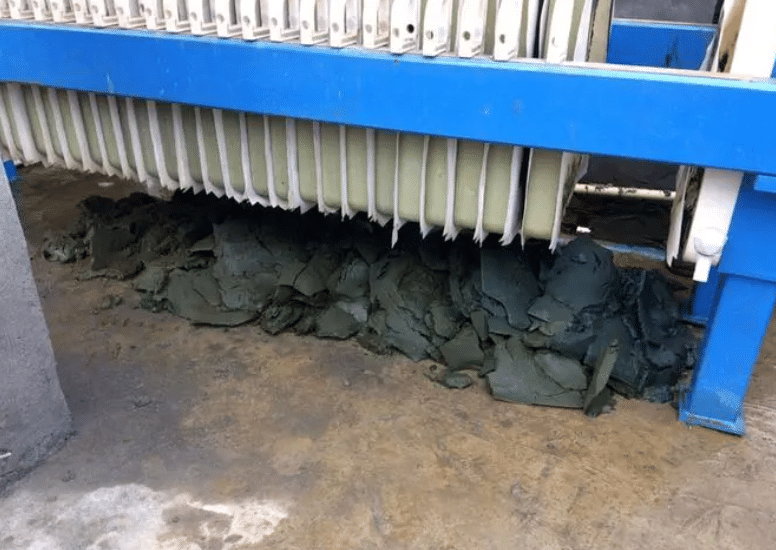
Working principle of filter press
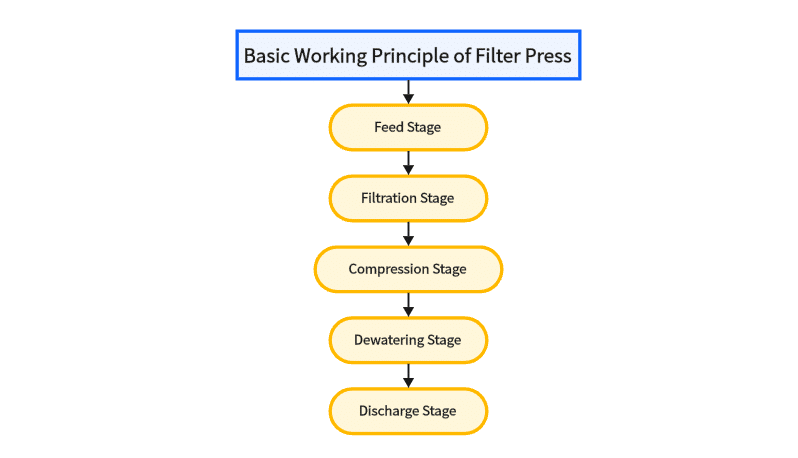
Feed stage:
The liquid mixture (usually a suspension containing solid particles) is introduced into the feed system of the filter press.
Filtration stage:
The feed passes through a filter cloth or other filter medium where solid particles are filtered out and concentrated on the surface of the filter media (filter cloth) to form a solid filter cake.
Compression stage:
As the feed is conveyed into the filter chamber of the filter press, high pressure is applied (usually through a hydraulic system) to allow the liquid in the chamber to pass through the filter cloth, while the solids are held back on the surface of the cloth to form a solid filter cake.
Dewatering stage:
As the pressure increases, the liquid in the filter cake is forced out, thus effectively separating the solids from the liquid.
Discharge stage:
Once the filter cake is formed and the filtration process is complete, the filter press automatically or manually releases the pressure and discharges the solid filter cake from the filter chamber. In this way, the liquid (filtered out liquid) and the solids (formed filter cake) are completely separated.
Filter press main components
| Component | Description |
| Filter Plate | Made of sturdy materials (such as polypropylene or cast iron), with a flat surface and specific pore structure to support and separate the solid filter cake. |
| Filter Cloth | Covers the surface of the filter plate, typically made of polypropylene or other chemically resistant materials, used to filter liquids and capture solid particles to form a solid filter cake. |
| Hydraulic Cylinder and Pump | Provide the high pressure needed for the filter press to squeeze out the liquid from the feed and maintain pressure to form a solid filter cake. |
| Filtration Chamber | The space containing the filter plates and filter cloth, used to accept the feed and apply pressure to separate solids and liquids. |
| Filtrate Discharge System | Used to collect and discharge the filtered liquid. |

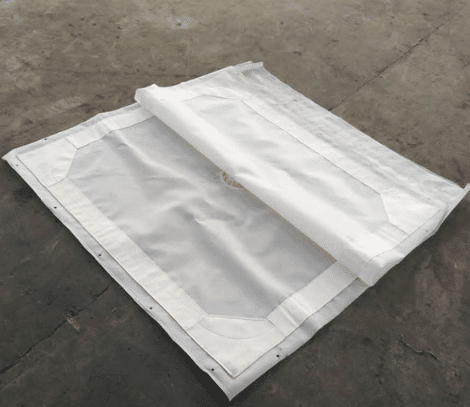
Types of Filter Presses
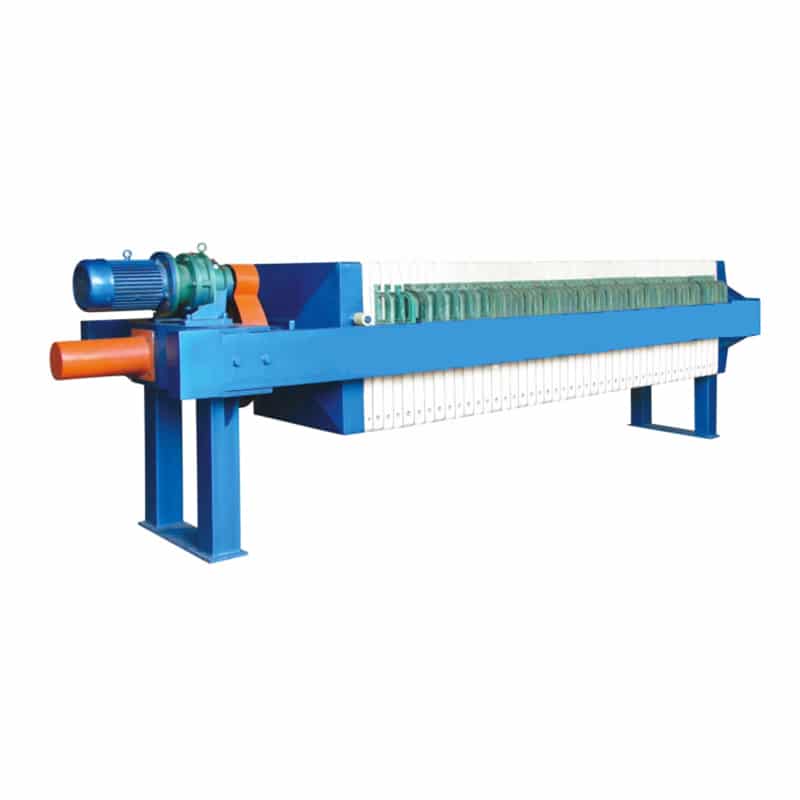
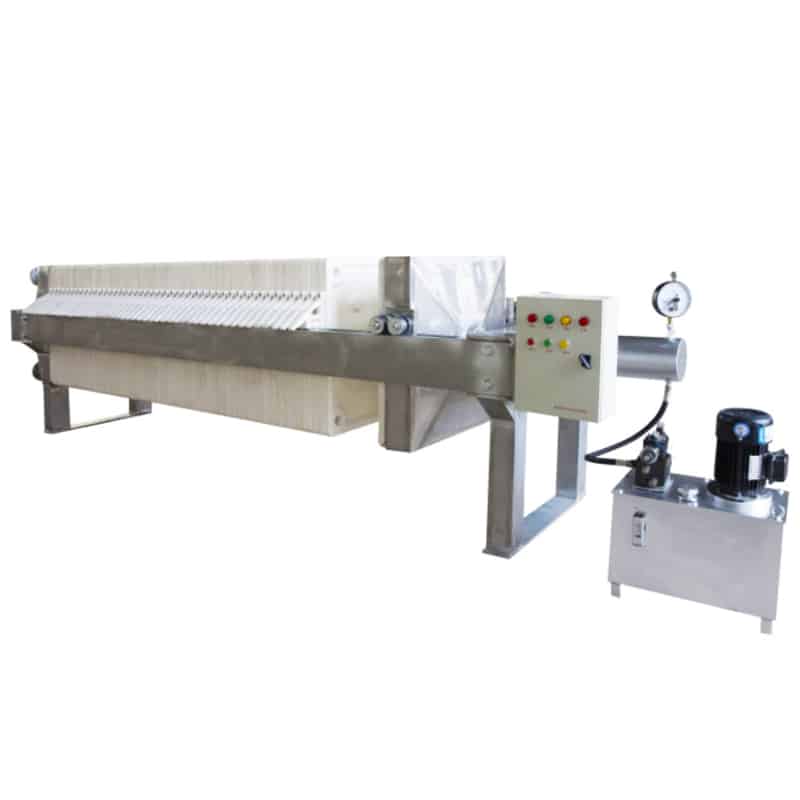
Plate and frame filter press consists of a series of alternately arranged plates and frames, with the filter cloth sandwiched between the plates. During filtration, the suspension passes through the filter cloth, the solids form a cake on the cloth, and the liquid flows out through the cloth.
Characteristics: Simple design, easy to maintain, suitable for medium to high solid content suspension.
The filter plate has grooves that form several independent filter chambers. During filtration, the suspension fills the chambers and the solids form a cake on the filter cloth.
Characteristics: Compact structure, high filtration efficiency, suitable for a wide range of industrial applications, capable of handling large quantities of suspensions.
Vertical filter press
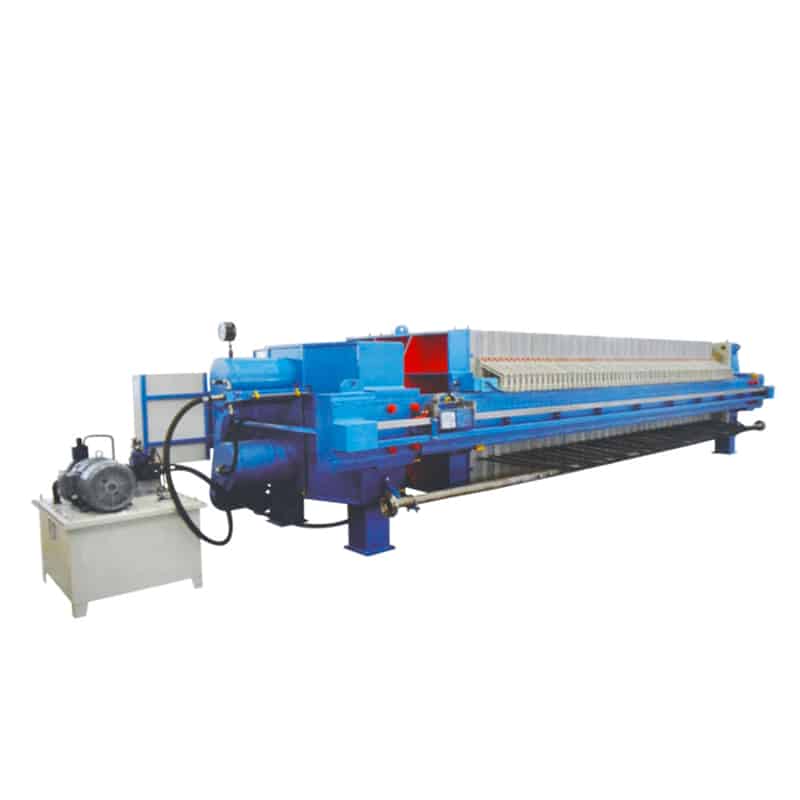
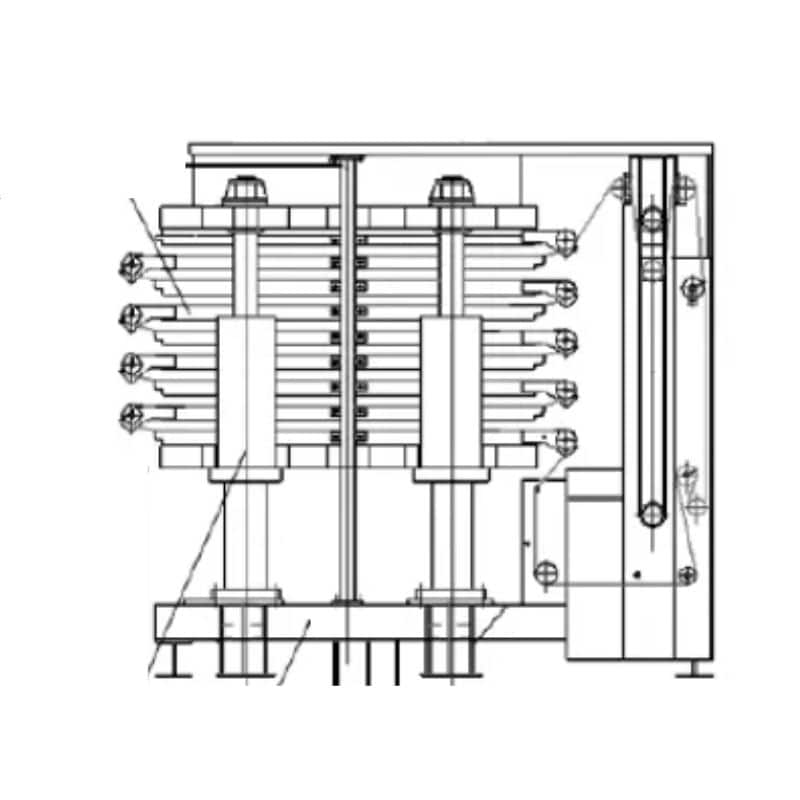
The filter plate is equipped with an expandable diaphragm, and after filtration is complete, the cake is further pressed by pressurized water or gas to reduce the water content of the cake.
Characteristics: It can further reduce the water content of the filter cake and improve the filtration efficiency, which is suitable for applications requiring high water content of the filter cake.
The filter plates are arranged vertically and gravity helps to separate the filtrate from the solids. The filter cloth between the plates captures the solid particles and the filtrate flows out through the cloth.
Characteristics: Small footprint, suitable for places with limited space, easy maintenance.
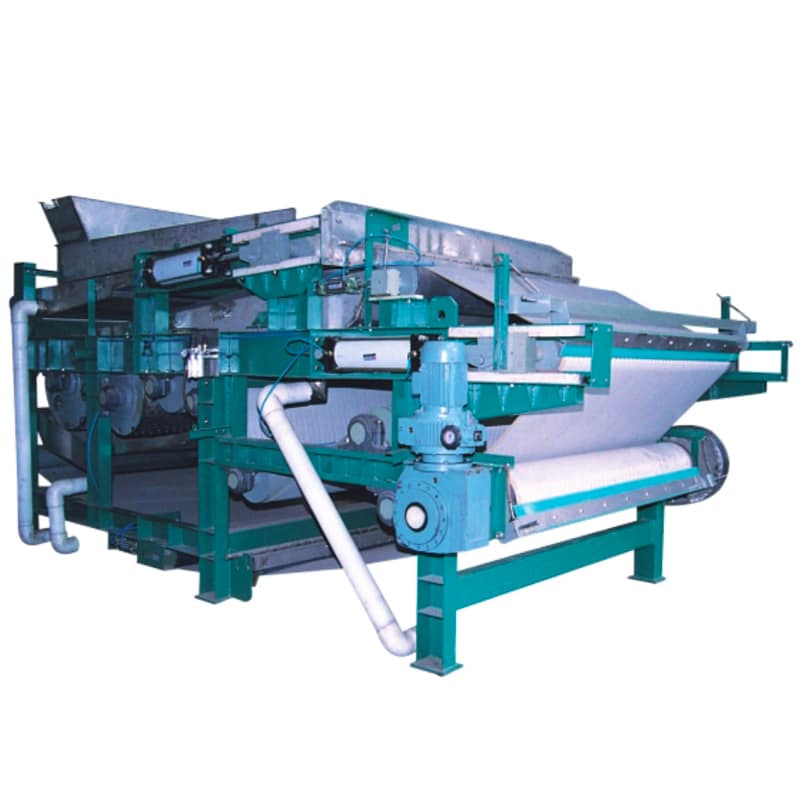
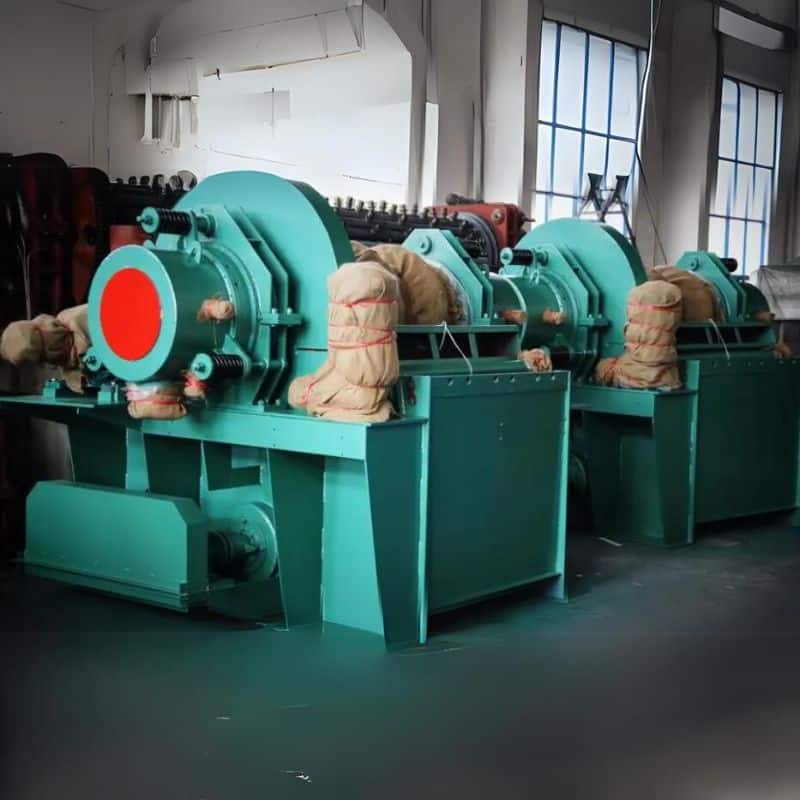
Solid-liquid separation is carried out using a continuous belt and drum. The suspension forms a cake on the filter belt and the filtrate flows out through the belt.
Characteristics: Suitable for continuous operation, commonly used for sludge dewatering, easy to operate, large capacity.
Filtering is carried out using disc-shaped filter plates. The filter plate rotates in the suspension, the solids form a cake on the plate, and the filtrate flows out through the plate.
Characteristics: High plate utilization, suitable for processing large quantities of suspension, suitable for large industrial applications.
Rotary filter press
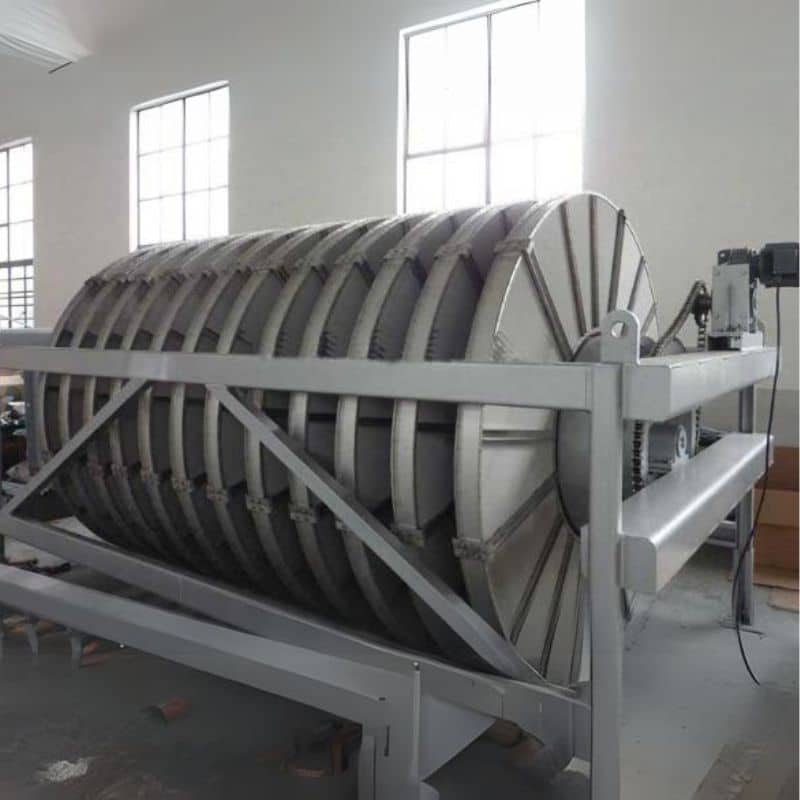
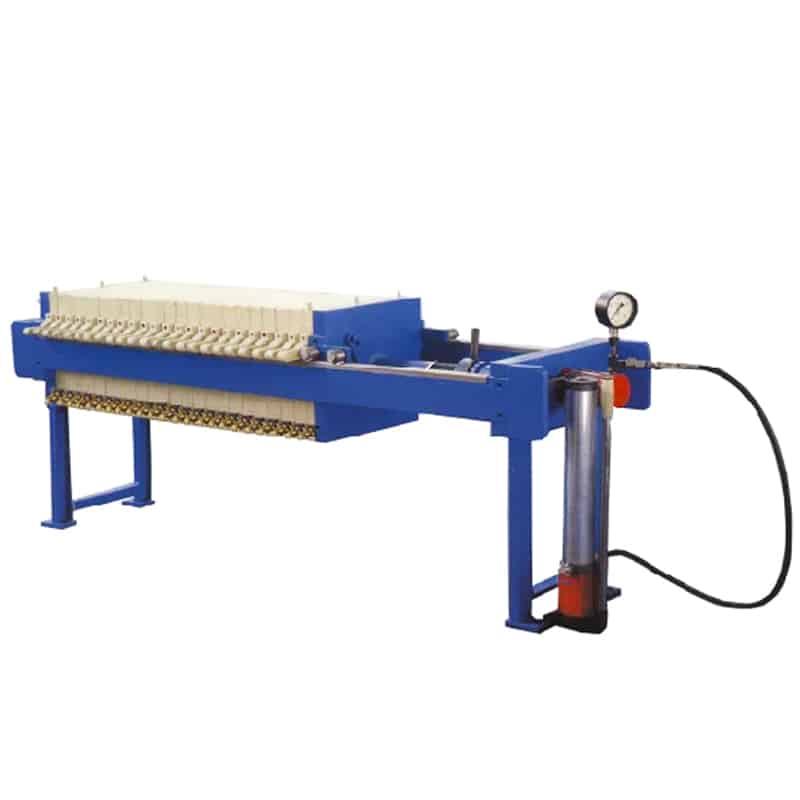
Filtration is carried out by means of a rotating disk. The disk rotates in suspension and the solids are dewatered by centrifugal force.
Characteristics: Suitable for high efficiency, continuous filtration operation, large processing capacity and good dewatering effect.
Small size for low volume or specialized filtration operations. Suitable for small-scale production or research purposes.
Characteristics: Space-saving and easy to operate, suitable for small-scale operations or specific markets.
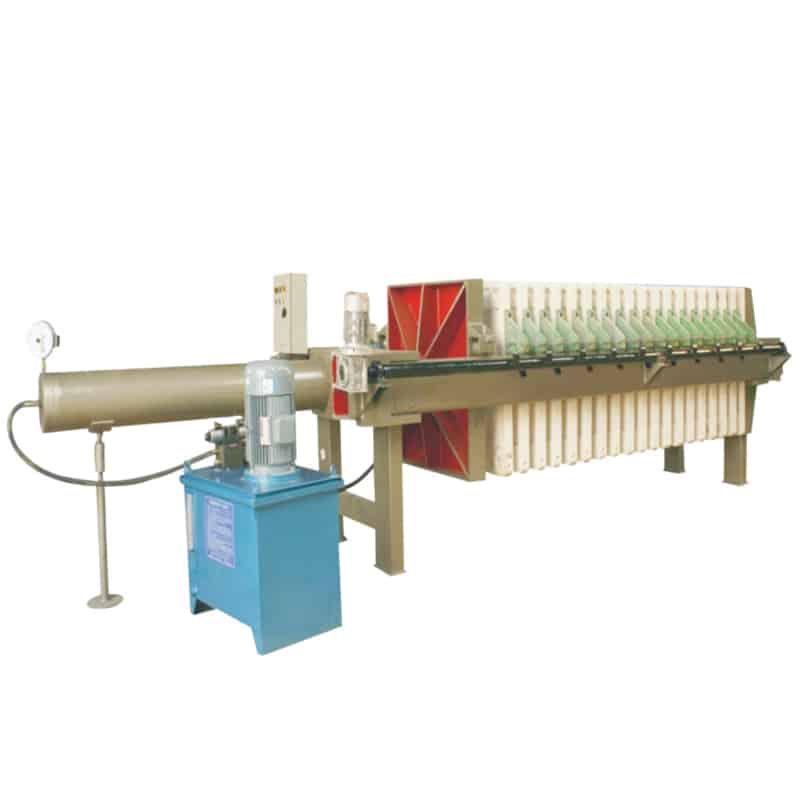
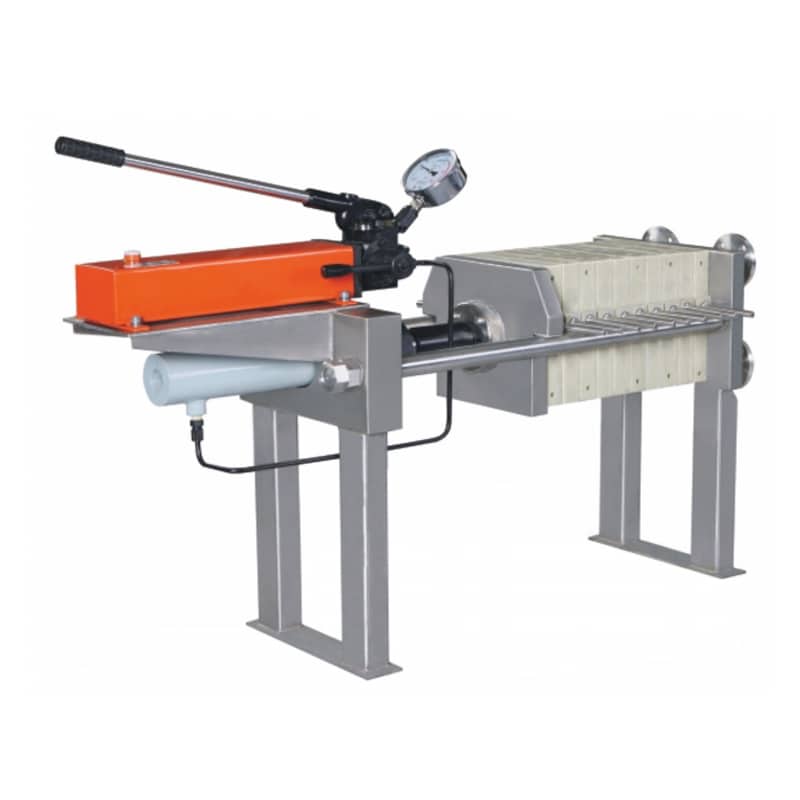
A hydraulic cylinder is used to provide the high pressure required for filter pressing. The hydraulic system applies pressure to press the liquid out of the suspension.
Characteristics: Suitable for large-scale operations, high-pressure applications, and low water content in the filter cake.
Small scale filter press for laboratory tests and experiments. Suitable for small sample filtration and research work.
Characteristics: high precision, used to test the filtration

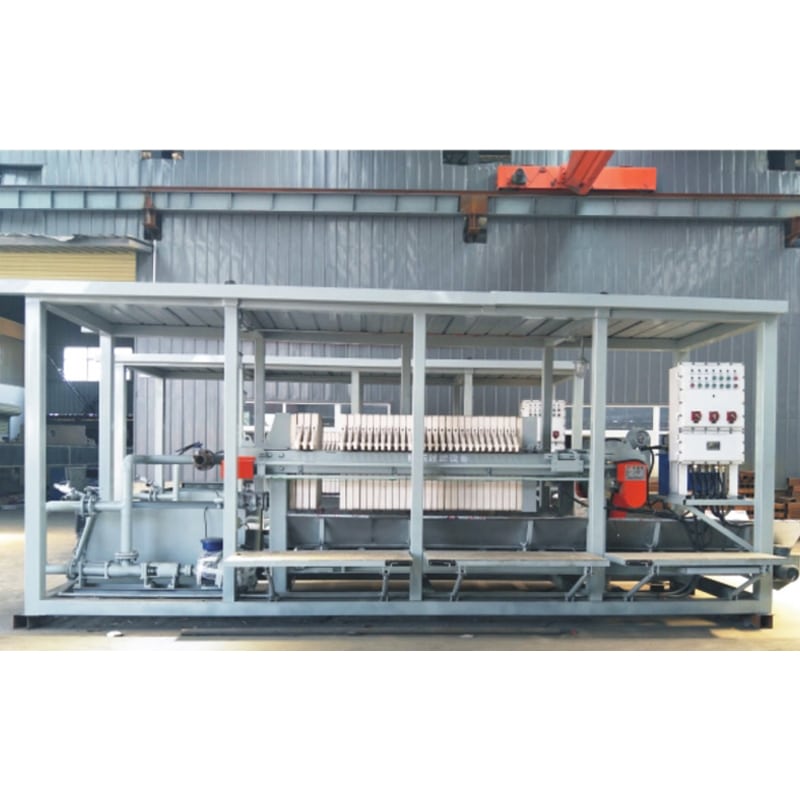
Manually operated to apply pressure, usually small in size. Pressure is applied by means of a hand pump or screw.
Characteristics: Low cost, suitable for small or low volume operations, easy to move and maintain.
Designed to be portable and can be moved to different locations for filtration operations. Usually mounted on a trailer or mobile platform.
Characteristics: Flexible and convenient for on-site filtration needs, easy to deploy and operate.

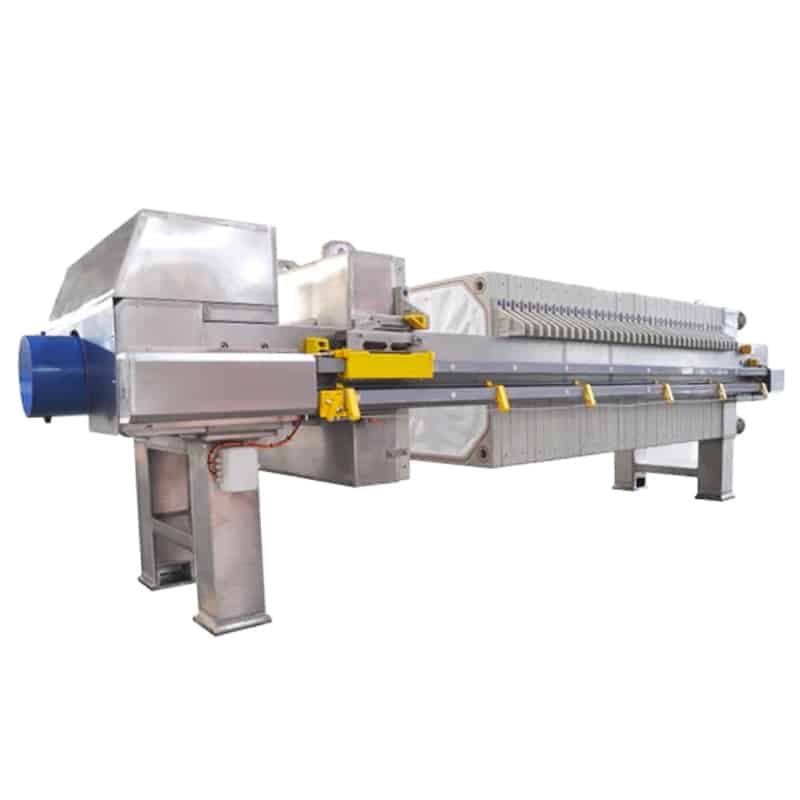
Made of cast iron for high durability and strength. Filter plates and frames are usually made of cast iron.
Characteristics: Suitable for high pressure applications, durable and suitable for handling demanding filtration tasks.
Made of stainless steel, commonly used in the food and pharmaceutical industries. Filter plates and frames are usually made of stainless steel.
Characteristics: corrosion resistant, suitable for applications with high hygiene requirements, easy to clean and maintain.
Application of filter presses in wastewater treatment
Industrial wastewater treatment
- Metal processing and manufacturing industries
- Chemical industry
- Food and beverage industry
Municipal wastewater treatment
Resource recovery and reuse
- Water Resource Recovery
- Energy and Material Recovery
Specialized industrial applications
- Mining and metallurgical industry
- Oil and gas industry
Choosing the right filter press
Different types of wastewater characteristics require different types of filter presses to treat them, and these filter presses meet a variety of treatment needs through their unique design and operating characteristics.
- Wastewater with low solids concentration
First, for low solids concentration wastewater, such as the primary treatment stage in municipal wastewater treatment, manual filter presses are a cost-effective and efficient option. These filter presses are simple to operate and are suitable for treating wastewater with relatively few solids particles, especially if you have a limited budget.
- Wastewater with high solids concentration
On the other hand, for wastewater with a high solids concentration, such as slurry wastewater from industrial production, automatic horizontal filter presses are a more suitable option. These filter presses are able to withstand high pressures and high solids content, and continuous operation is achieved through an automated control system, resulting in improved treatment efficiency and operational stability.
- Wastewater containing fine particles or colloidal substances
Membrane filter presses excel at treating wastewater containing fine particles or colloidal materials. Utilizing membrane technology for efficient solid-liquid separation, membrane filter presses are capable of handling complex wastewater characteristics and produce a dry solid cake for applications requiring a high degree of purification, such as wastewater treatment in the food and pharmaceutical industries.
- Wastewater with high moisture content
Finally, for wastewater with high moisture content, such as sludge treatment, belt filter presses are the best choice. These filter presses can efficiently process large quantities of wastewater and are suitable for high moisture content and large particles, such as the dewatering of sludge in municipal wastewater treatment plants.
Summary
In conclusion, the filter press, as a key component in the wastewater treatment system, not only helps companies to comply with operations and save costs, but also plays an active role in promoting environmental protection and sustainable development. Its functions in solid-liquid separation, wastewater purification and resource recovery make it one of the most important and indispensable equipment in modern wastewater treatment technology.
KUOSI offers filter presses as well as screw presses, sludge dryers, dosing systems, DAF systems, disinfection systems, blowers and wastewater screens. Please contact us for further information.
